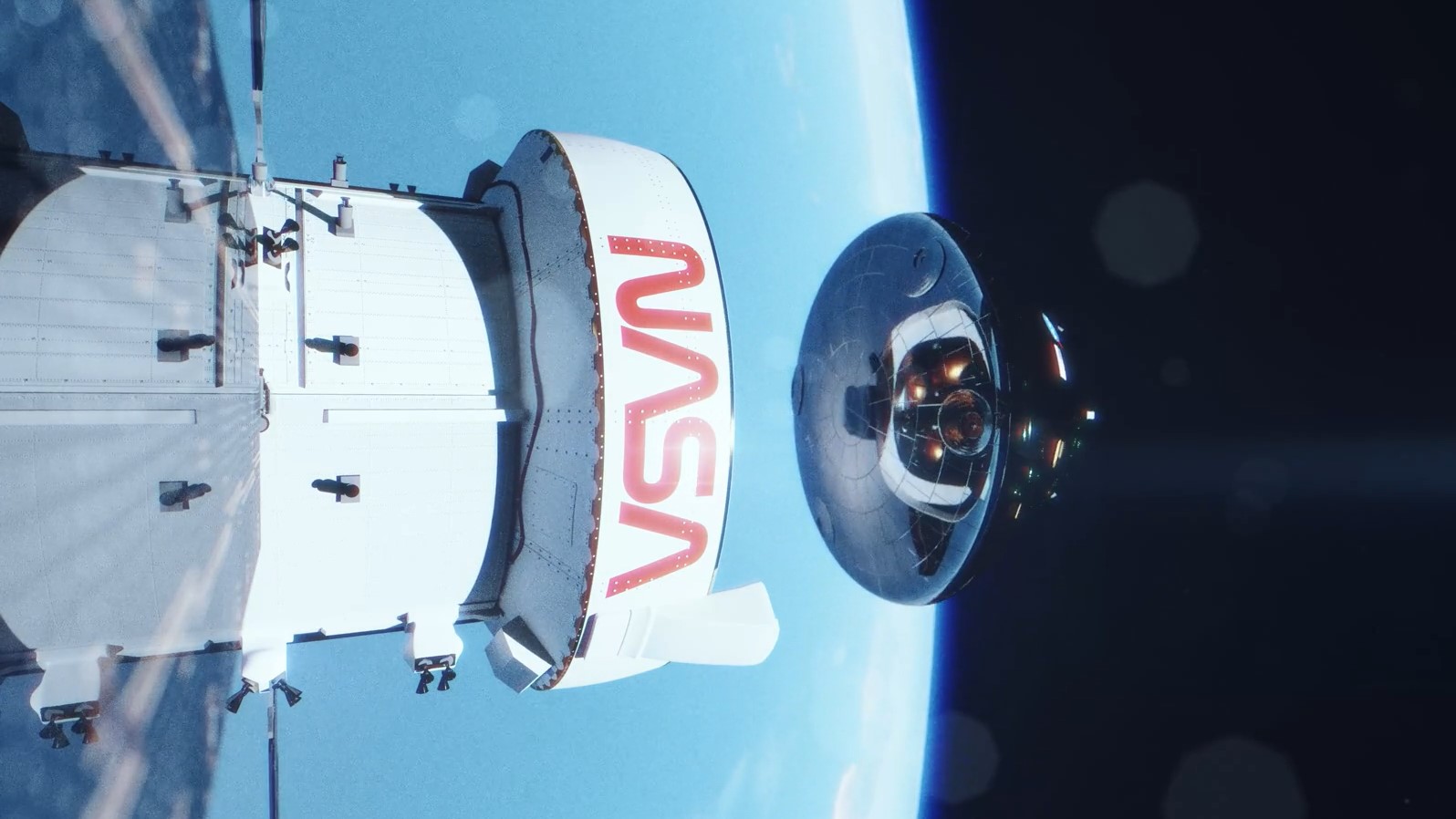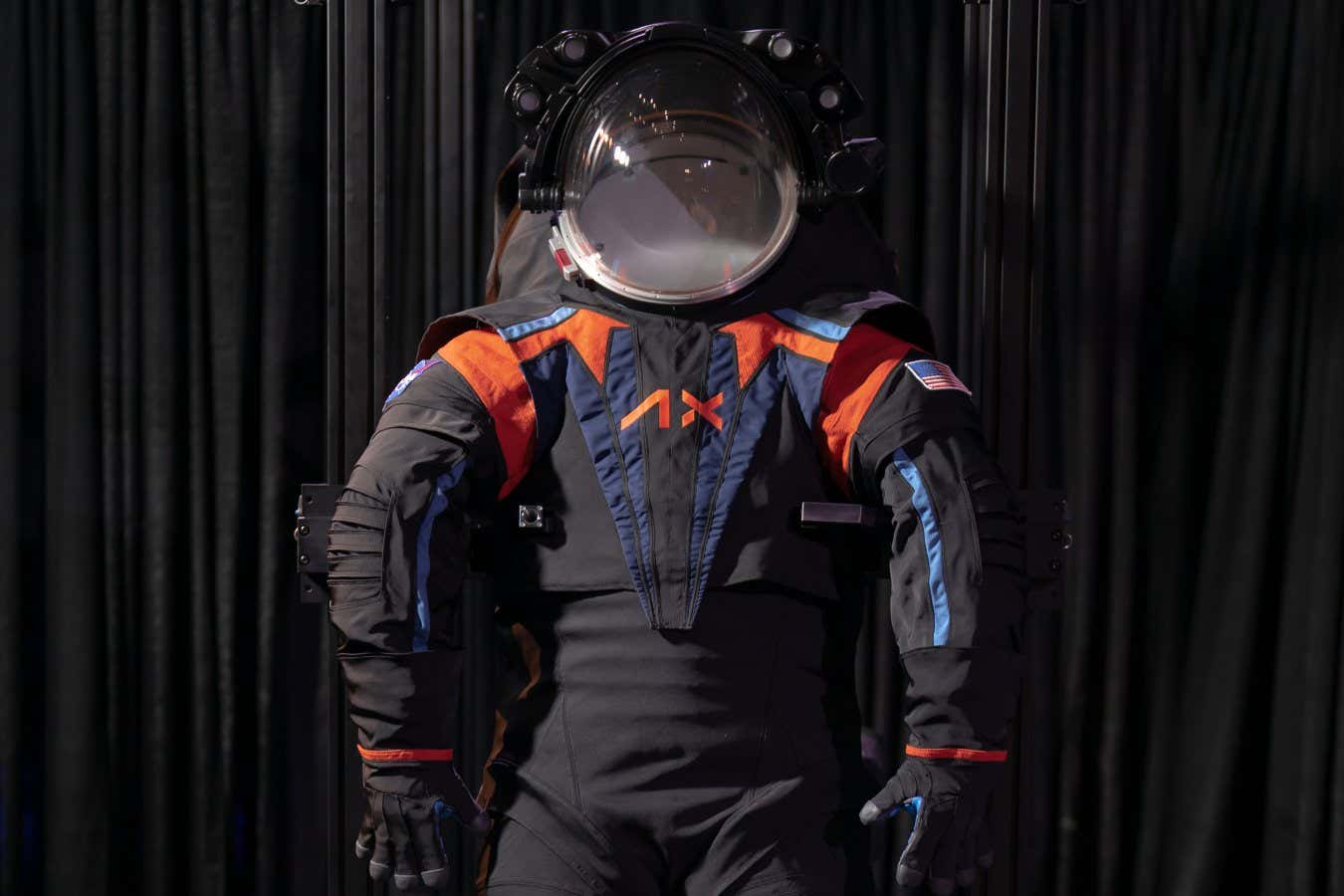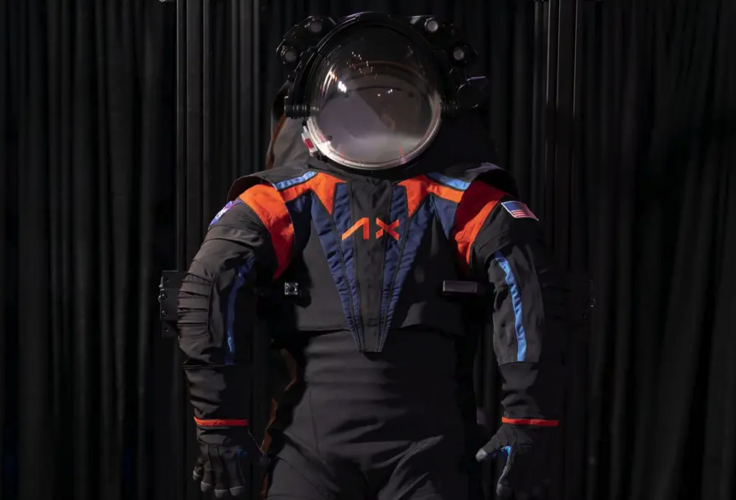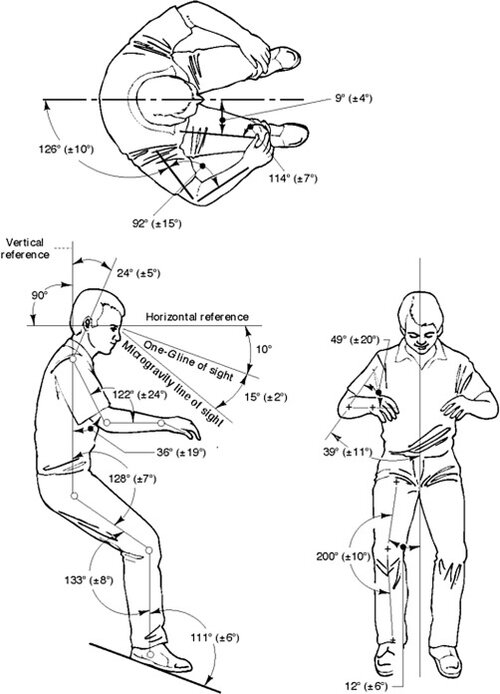Following is a transcript of the video.
Narrator: This spacesuit, built in 1974, was reported to cost between $15 million and $22 million. Today, that would be about $150 million. Having not delivered any new mission-ready extravehicular suits since then, NASA is running out of spacesuits. In fact, NASA are down to just four flight-ready EVA suits.
Since 2009, NASA has invested more than $200 million in spacesuit development, recently unveiling the xEMU prototype. But NASA still does not have a new fleet of spacesuits.
So why has it taken so long for new spacesuits to be built? And what makes them so expensive?
Cathleen Lewis: Spacesuits are so expensive because they're complex, human-shaped spacecraft. Think about them in terms of spacecraft, not as work clothes. A spacesuit has to protect an astronaut from the vacuum of space, from radiation coming from the sun and other bodies, and it has to protect against fast-traveling particles that are traveling up to 18,000 miles an hour that could penetrate the suit. They provide oxygen, communications, telemetry, and everything else that a human needs to survive, all rolled into one tiny, human-formed spacecraft.








